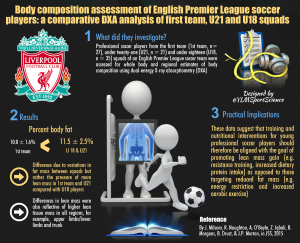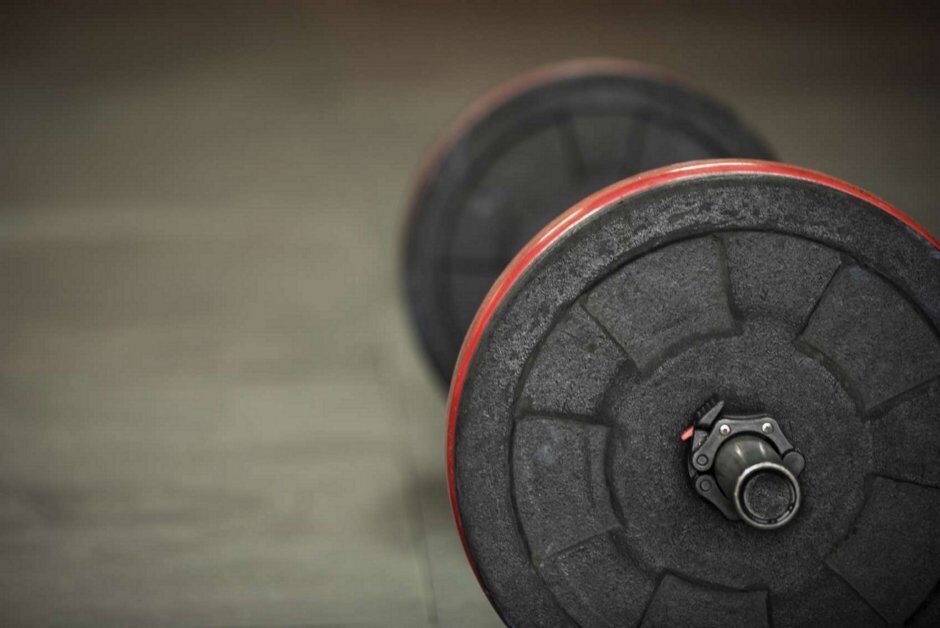Powerlifting for sports performance in athletes, young and old
 As an athlete, coach and parent I understand that powerlifting is not the first sport that comes to mind for the parents of young athletes looking to find a way for their future sports star son or daughter to improve their performance in their primary sport whatever that sport may be, including soccer (football), rugby, hockey, basketball, netball etc. However, Powerlifting does have many benefits which do carry over to improve general athletic performance and assist with injury prevention.
As an athlete, coach and parent I understand that powerlifting is not the first sport that comes to mind for the parents of young athletes looking to find a way for their future sports star son or daughter to improve their performance in their primary sport whatever that sport may be, including soccer (football), rugby, hockey, basketball, netball etc. However, Powerlifting does have many benefits which do carry over to improve general athletic performance and assist with injury prevention.
1. Stronger athletes are more efficient.
It is often the stronger and better conditioned team that comes out winners in any sport. Each step becomes easier and requires the expenditure of less energy when a person has increased his levels of absolute strength.
In athletic competition, the effect is even greater because force is being generated as quickly as possible, requiring greater amounts of energy. So when athletes can generate more force and are more neuromuscularly efficient, they’ll use less energy to complete each task required of them during competition. The ability to generate large amounts of force and neuromuscular efficiency are both products of powerlifting type training.
2. But won’t powerlifting make me slow ?
This is a misconception that is far from reality. Moving a load as quickly as possible is always emphasized. While completing a max effort squat, a lifter is never attempting to move the weight slowly. The goal is always to move the weight as quickly as possible. Due to this fact, those who use maximal effort training become more powerful at all training loads.
3. Stronger athletes can run faster and jump higher.
Two of the most common markers for athletic performance are the vertical jump test and the sprint tests to determine appropriate levels of speed and strength. When success in these two tests is compared with a strong performance in a squat one rep maximum test, you’ll see a strong correlation.
Research shows that maximum effort squat strength correlates to performance in the vertical jump test. Athletes who scored strongly on the one rep maximum squat test had higher vertical jumps. As strength in the squat improves, so does vertical jump height. When applied to competition, the vertical jump has been shown to be a great measure of athletic success.
Squat strength has also been looked at in comparison to sprinting speed. Using Division I football players, a study compared squat strength, strength/body mass ratio, and sprinting speed. It was found that the athletes with the highest strength/body mass ratio had the best sprinting times. The stronger athletes were able to apply greater amounts of force to the ground, allowing them to sprint at greater velocities. When measurements of maximal strength are applied to athletic tests, it is obvious that employing maximal effort training for athletic conditioning is a must.
4. Powerlifting Builds maximum strength not maximum size
Unlike body-building, the goal of powerlifting is to build maximum strength for a given weight class. In many sports, extra size is detrimental but extra strength while remaining the same size is always beneficial to sports performance. Powerlifting Vs Bodybuilding
5. Injury prevention
As a sports trainer attending sports such as Soccer (Football) and Rugby Union I see a lot of injuries which could have been prevented in young players by developing proper muscle balance. Many young Soccer players develop hamstring injuries or knee pain due to a big difference between well developed Quadriceps and under developed Hamstring muscles. A well planned and coached powerlifting deadlift training program would strengthen the hamstrings and assist with avoiding these preventable injuries.
Powerlifting for youth athletes is a safe way for athletes young and old to improve athletic performance. Powerlifting Injury Rates compared to other sports , Powerlifting Myths
References
Moss BM, Refsnes PE, Abildgaard A, Nicolaysen K, Jensen J (1997) Effects of maximal effort strength training with different loads on dynamic strength, cross-sectional area, load-power and load-velocity relationships. European Journal of Applied Physiology 75:193–99.
Strong hops: the relationship between strength and jump height. Journal of Pure Power 5(1):33–5.
Squat strength: strength may rule supreme over power. Journal of Pure Power 5(1):31–2.


